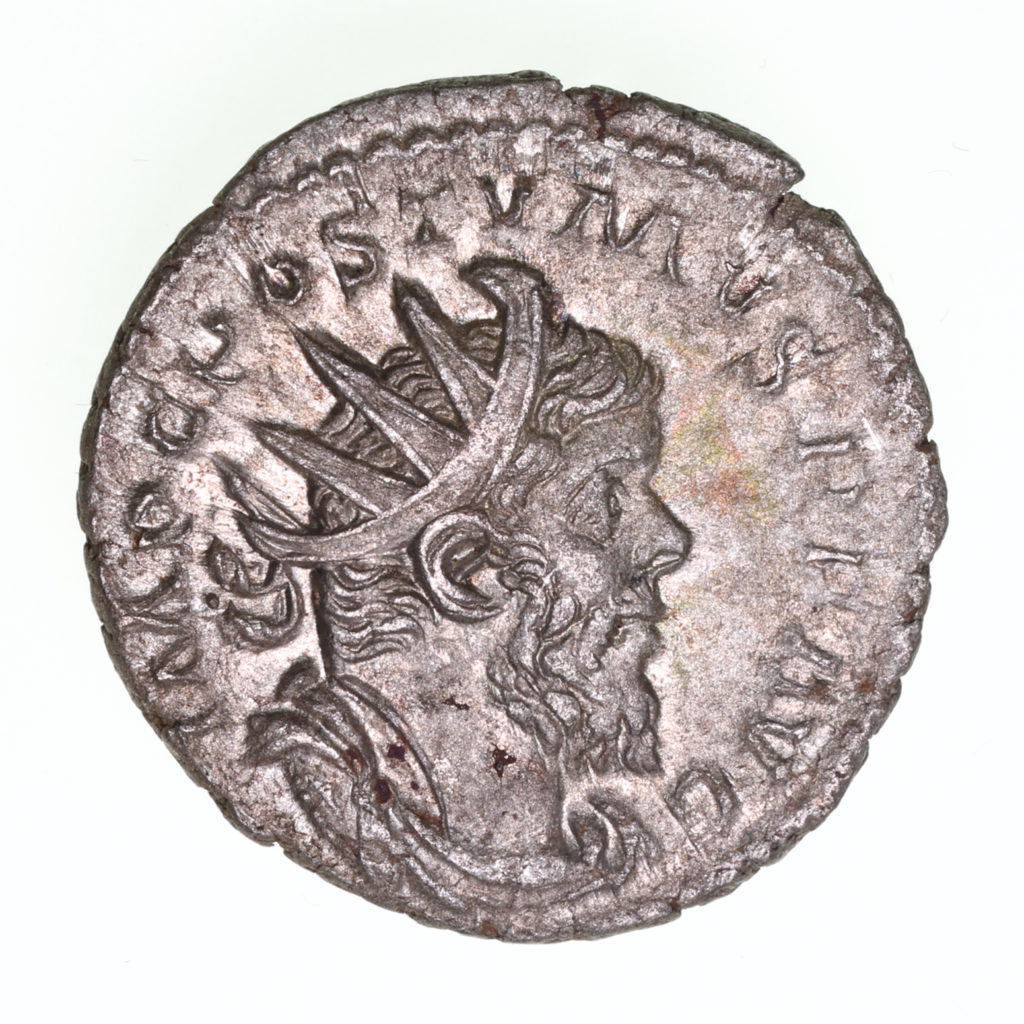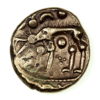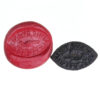Welcome to our first newsletter of the year!
We’re jumping right into 2025 with plenty of excitement here at the office, it’s already proving to be a
busy year, and we’re thrilled to share the latest updates with you.
We’ve recently acquired several new collections and hoards, which means even more fascinating coins
and artefacts to explore. The demand for rare and high grade items is strong. From Greek coins to
Medieval Seal Matrices, we have added a good selection to all categories over the past few months. Our
inaugural auction of the Standlake Hoard was a great success, realising just short of £30,000. If you’ve
been considering buying or selling items, now may well be the perfect time to get in touch!
We’re looking forward to a fantastic year ahead and sharing more updates with you.
The Silbury Team
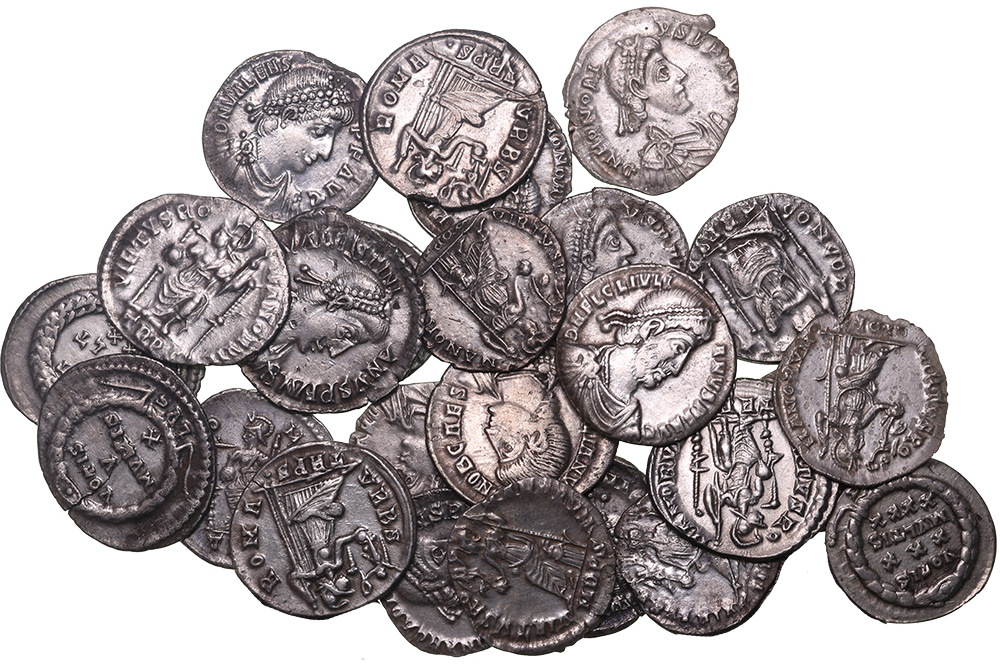
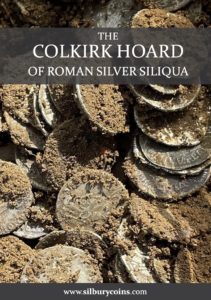
We have produced our usual information booklet, a copy of which will be sent with each coin and is also available online. A detailed catalogue can also be viewed on the Portable Antiquities website. This is an exciting opportunity to own a coin from a fully provenanced and researched treasure find.
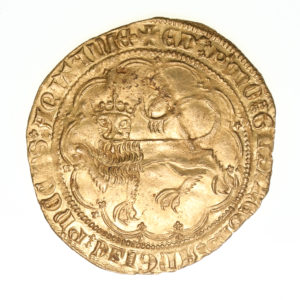
Edward the Black Prince (AD 1362-72), Gold Leopard D’Or
Edward of Woodstock, latterly known as the Black Prince (1330–1376) was the eldest son and heir apparent of King Edward III of England and one of the most renowned military figures of the 14th century. Known for his leadership and bravery, Edward earned his title “the Black Prince” due to his fearsome reputation and distinctive black armour. He played a pivotal role in the Hundred Years’ War, achieving significant victories at the battles of Crécy (1346) and Poitiers (1356), where he captured the French King John II. Edward was also Prince of Wales in addition to Aquitaine.
Despite his military success, Edward’s life was marked by struggles with health, and he never ascended the throne; his death preceded that of his father, King Edward III, and so his son, Richard II, would eventually become King. Edward’s legacy is also tied to the Gold Leopard D’Or, symbolizing his influence in both military and economic spheres.
The coin’s name derives from its striking design, which features a leopard – the heraldic animal associated with Edward’s family. The coin was minted during a time when England sought to strengthen its economy and solidify the crown’s influence across Europe. This gold coin not only represented monetary value but also served as a symbol of the Black Prince’s authority and prestige. The Gold Leopard D’Or was notable for its size and weight, making it an important part of international trade. It is a testament to Edward’s influence, not just as a warrior, but also as a key figure in the evolution of English currency. His coins remain valuable historical artefacts, providing a glimpse into the political and economic landscape of 14th-century England.
View this Coin and other Medieval Gold Coins here
WORLD ARCHAEOLOGY
Rare Hoard of British Coins Found in Dutch Field
A remarkable discovery in a Dutch field sheds new light on the Roman conquest of Britain. Two amateur archaeologists uncovered a hoard of 44 gold British coins alongside 360 Roman coins in Bunnik, near Utrecht. The staters bear the name of King Cunobelin, the Celtic ruler from the southeast of Britain. Dating to around AD5-40, these coins likely represent spoils of war taken by a Roman soldier during the conquest of Britain.
The discovery, the first of its kind in mainland Europe, suggests the coins were buried intentionally, possibly as military pay; with some of the staters struck by Cunobelinus’s successors, likely after his death around AD 43.
The hoard’s mix of gold and silver Roman coins, from Julius Caesar’s time, indicates a significant reward for Roman soldiers following a successful campaign. The find provides rare evidence of the Roman forces’ return from Britain, offering new insights into the logistics and aftermath of the conquest under General Aulus Plautius.
This exciting discovery, made in October 2023, highlights the region’s historical importance as a site used by Roman troops both before and after their campaign across the Channel. The coins are now on display at the Dutch National Museum of Antiquities in Leiden.
